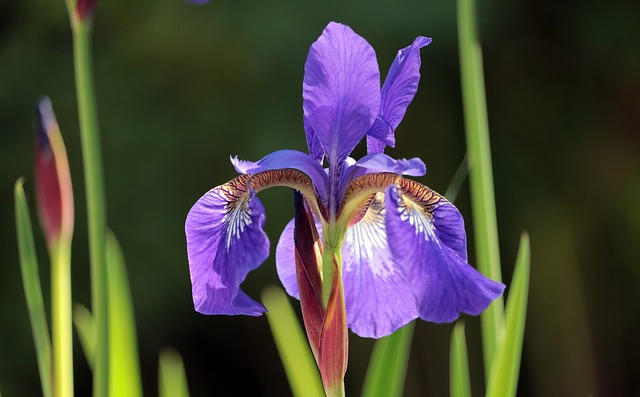
Almost everybody enjoys snapping photos. That’s because professional photographers know the right tips and tricks to use to make their pictures special. Here are some tricks that professional photographers apply in their work to get high-quality pictures.
Test varying shutter speeds to learn which speed works best for certain scenarios. Photography allows you to capture a split-second moment and to blur together large time periods. Using a faster shutter speed will let you catch objects while they are in motion, while a slow shutter speed is great for capturing serene natural settings.
Take your pictures quickly. If you take too long, the subject could move, the sun could move behind a cloud or it could start raining. Anything could happen, so don’t delay. The faster the shutter on your camera, the better.
When working on snapping an excellent photo, it’s best to keep your settings as simple as possible. Most of the time, taking a spectacular picture does not require you to adjust a ton of settings, including the color and motion ones.
Experiment with new ways to use your camera, and take some original pictures. A great photograph should be not only aesthetically pleasing, but should also showcase a personal style. Create unique photos that people have not seen many times before. Try to find interesting angles, and be creative!
Look at other photographers’ work for inspiration. Viewing others’ work will help you remember that capturing a moment can be done in so many different ways.
If you’re taking pictures of landscapes, you will want to create depth and perspective for the viewer. Get a sense of scale by having a person or object placed in the foreground. Aperture sizes like f/8 on a consumer camera, or f/16 on a professional DSLR, make it so you need not sacrifice foreground sharpness for background sharpness or vice-versa.
Detail some notes on your camera settings when you are taking photos. When sorting through mass amounts of pictures, remembering the exact context or setting of each photograph can be difficult. Take a small notepad wherever you go and jot down the description and picture number.
When trying to compose your photos artistically, less really is more. Make sure that you do not have too much clutter going on in your photos as the setting stands, or by adding it yourself. Adopting a simple, minimalistic style can help you to identify the heart of a shot.
In most instances, the subject’s eyes are looking right at the camera. Shake things up a bit by having your subject look away from the lens and focus on something in the distance. Another great idea is to have the subject focus on someone or something within the frame.
Keep your arms close to you while holding the camera, and position your hands on each side and the bottom of the camera. This will help to steady your hands and prevent blurry shots. Placing your hands under your lens and camera will prevent your camera from being accidentally dropped.
Nothing else is left to do except apply these ideas as chance upon your next photo opportunity. As you take more pictures and spend more time reviewing them, you will quickly develop your skills.